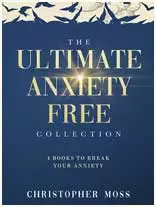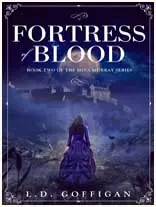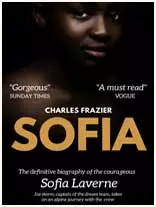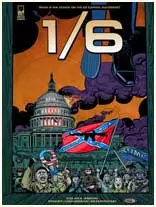What is Nonfiction and How It Makes the Impact in 2024
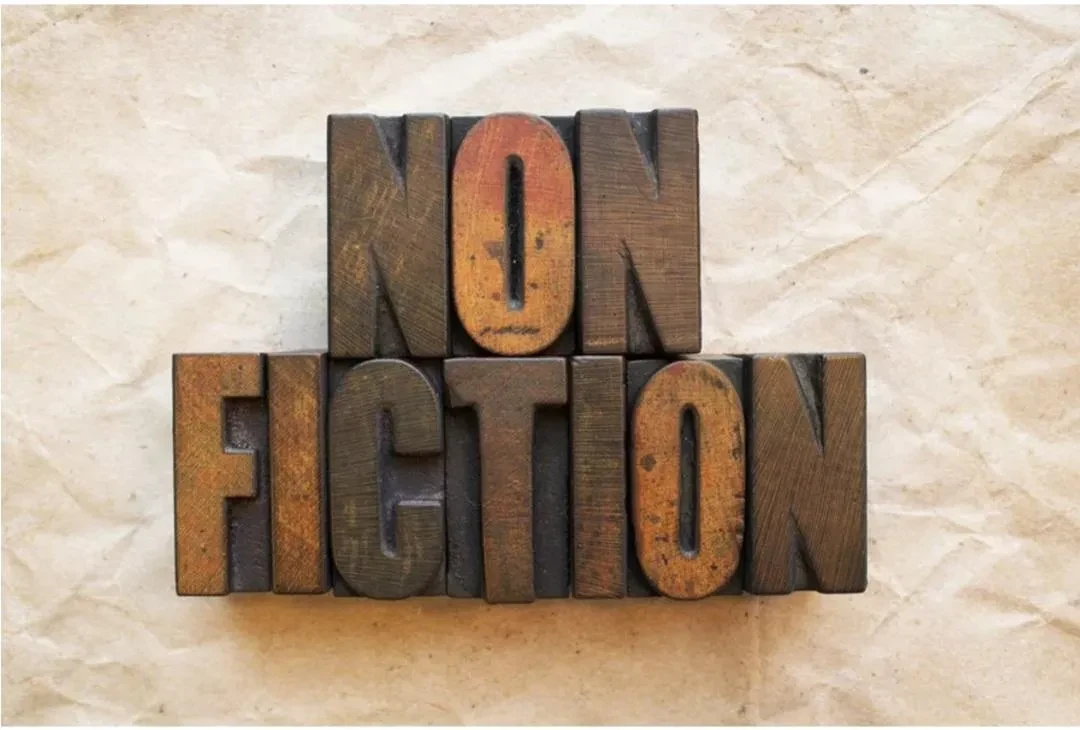
The foundation of nonfictional literature is an examination of actual events and phenomena. Its reputation rests on the integrity of the stories it tells. Learning the ins and outs of nonfiction and developing your skills in creative nonfiction may be an interesting adventure for everyone with an interest in reading or writing. Come with me as I delve into this nonfiction genre, its many varieties, and the craft of fascinating story construction.
Types of Nonfiction
Nonfiction, in its many forms, serves a wide range of readers with varying interests and inclinations.
1. Narrative Nonfiction
Using literary devices to present factual information and narrative nonfiction captivates readers. It is sometimes characterized as storytelling based on true occurrences. By providing an engaging story that is grounded in fact, this subgenre manages to blur the line between fiction and reality.
2. Literary Nonfiction Analysis
In literary nonfiction, you'll find a more polished style, a focus on facts, the use of contemporary narrative strategies, and an enhanced delivery. Storytelling that successfully combines artistic and journalistic practices may enlighten and delight audiences alike.
3. Works of Historical Nonfiction
Historians and history buffs alike can delve into actual people, events, and periods in historical nonfiction. Across these works, readers are given the opportunity to travel across time and understand the complexities of significant historical events that have molded our world.
Writing Nonfiction: An Overview
There has to be a fine line drawn between factual truth and interesting storytelling when writing compelling nonfiction. Here is a road plan for those interested in writing nonfiction.
Conduct Extensive Research
Do extensive study before you sit down to write your nonfiction masterpiece. Be cautious when it comes to factual information. An essay that has been refined and researched thoroughly may be able to see applause for credibility and grasp readers’ experience faster than others.
Develop a Captivating Story
Having a dull tone is not a necessity for nonfiction. Some gimmicks and strategies must be used to write a story that clenches the reader's attention. Initiate to paint a lucid picture for the reader by providing them with plots, introducing characters and unique traits, and may also use explicit language.
Maintain objectivity
Although creative nonfiction does permit certain narrative flare, impartiality must be upheld at all times. Do not let your prejudices or preconceptions color your presentation of the facts.
Revise and Edit
Revising is the craft of writing. Make sure your nonfiction book is crystal clear by editing it thoroughly. Get other people's opinions so you may see things from their angles and improve your work until it's perfect.
What kind of writing does not fall into the category of nonfiction?
Understanding the components of nonfiction is crucial while working within this broad genre.
Literary nonfiction, historical nonfiction, and narrative nonfiction are all esteemed subgenres of nonfiction, yet fiction does not belong in any of them. The label "nonfiction" is not appropriate for books that lean more toward fiction than reality.
An Examination of Literary Influence, Criteria for Inclusion, and the Success of Nonfiction Bestsellers
Nonfiction works can shape legislation, literature, and public opinion for decades. These canonical masterpieces of literature include:
In 1962 Rachel Carson released "Silent Spring". This important environmental research is mostly credited with launching the current environmental movement by stressing pesticide hazards.
Betty Friedan's influential 1963 feminist treatise "The Feminine Mystique." It challenged the gender roles women were supposed to follow at the time. It inspired a new feminine movement.
A personal account of Jewish life in Nazi-occupied Europe, this diary has captivated readers and historians since 1947.
Tipping Point originally came out in 2000 thanks to Malcolm Gladwell. The book popularized the tipping point and how tiny changes could upset business, marketing, and social science.
In 2010 Rebecca Skloot released "The Immortal Life of Henrietta Lacks". Examining Henrietta Lacks's unintended participation in HeLa cell line medical research, this historical and scientific inquiry begs moral issues with informed consent.
The life of Chris McCandless is followed in Jon Krakauer's narrative nonfiction piece "Into the Wild". It's an amazing tale of discovery and insight.
Truman Capote's opus of true crime, which became the gold standard in the profession, birthed narrative nonfiction in "In Cold Blood".
Yuval Noah Harari's insightful trip over the millennia "Sapiens: A Brief History of Humankind" follows the roots of Homo sapiens.
The New York Times Best Sellers nonfiction list is compiled using a range of criteria, including sales statistics from various sources, including:
- Independent bookshops
- Chain bookstores
- Online sellers
Every type of book is taken into consideration for the weekly update showing their popularity. See the New York Times nonfiction best sellers list to find out what's happening in (Society, Culture, and Politics).
These books get public attention often since they address relevant issues of the time. Examining the themes and subjects that readers find fascinating helps us to glimpse the collective mind and the current trends in movements, concerns, and debates. Beyond that, it can show how tastes of readers evolve with time.
Good Nonfiction Books to Read
From the profusion of first-rate nonfiction books on hand, we have produced a list for you:
The Tara Westover "Educated"
Tracking Westover from a strict country background to college, the novel shows how education could change a person.
The Wright Brothers by Mr. McCullough
McCullough's book is a great illustration of historical nonfiction since it explores closely the life of the Wright brothers, Orville and Wilbur, who were the first people to fly an aircraft.
"The Power of Habit," Charles Duhigg
By means of research on the science of habit formation, Duhigg illuminates the mechanisms behind behavior and the human development possibilities.
The Glass Castle by French author Jeanette Walls
The book goes on Walls' unusual and austere upbringing as well as her overcoming of challenges.
The devil in the white city, Eric Larson
Analyzing the evil side of the Chicago World's Fair, this work of narrative nonfiction skillfully blends historical facts with real-life murders.
Using Fiction and Nonfiction to Probe the Literary Landscape
We must distinguish between fiction and nonfiction in order to go further into its definition. Both genres contribute significantly to literature, albeit operating in different domains.
What constitutes nonfiction
True stories from the actual world are the basis of nonfiction. This general term describes a wide range of literary works that are based on real-life experiences, locations, or objects. Nonfiction books such as biographies, histories, and memoirs aim to educate readers about the world and its people.
The Influence of Literature
Contrarily, creative writing and original ideas constitute fiction. This gives writers a lot of leeway to express themselves creatively in their novels, short tales, and plays. While fiction may take you on a journey to numerous other worlds, the truth can provide light on the here and now.
Blurred Boundaries
There is a clear line between fantasy and reality, but it can get fuzzy sometimes. Creative nonfiction is a type of writing that combines stories and facts in a way that works to connect the two. Combining these two types of writing makes journalism more interesting and appealing, which brings in more readers.
The Social Effects of Nonfiction: Changing Views and Initiating Movements
Facts presented in nonfiction have the power to persuade and motivate readers to take action.
Engaging Audiences with Narratives
You may employ many works of nonfiction as effective marketing tools. Issues such as environmental degradation, human rights breaches, and the sex gap may be highlighted in stories like these, which can ultimately result in action.
Having self-awareness and self-reliance
Reading nonfiction should be mandated in all schools. Peruse literature that serves dual purposes. A feeling of independence and a passion for learning may flourish in such an environment.
Connecting with Audiences
Readers of nonfiction may relate to the protagonists and plot points since they are rooted in reality. Additionally, they are able to empathize with the struggles that other individuals have had.
In sum:
Nonfiction, in all its forms and with limitless story possibilities, takes readers and writers on a rewarding adventure. From narrative nonfiction to historical studies, the genre provides a wide range of factually based tales as it expands. One must be well-versed in the many forms of nonfiction and possess strong writing skills in order to contribute to the expanding canon of works that tell tales of individuals. We want to compile a list of the greatest nonfiction books ever written and honor their ability to enlighten, motivate, and bring us together through the diversity of human experience.
limited Time offer
- 00
- 00
- 2
